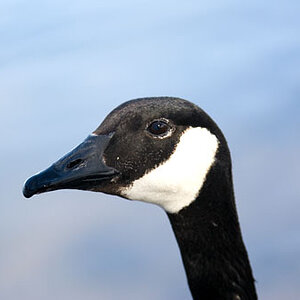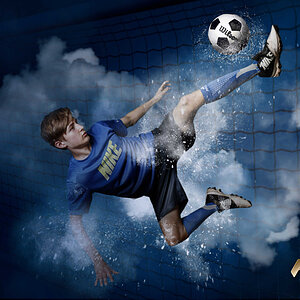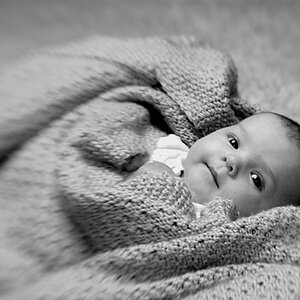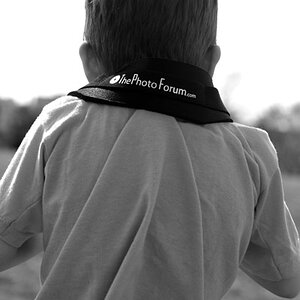Sirene
TPF Noob!
- Joined
- Aug 18, 2007
- Messages
- 229
- Reaction score
- 0
- Location
- Canada
- Can others edit my Photos
- Photos OK to edit
1.What is the rectangle that I can move in the live viewfinder of my camera ?
Is it the equivalent of the AF points in the regular viewfinder ?
If so then it is even more useful as it can be moved more than the fixed points you have to choose from ?
Oh and is it for spot metering as well ?
2.When shooting a landscape, how do you know which af point to choose ?
3.What is focusing on infinity ?
4.Do you select a focus point everytime ?
5.When does manual focus is necessary ?
I understand the idea of focusing, but when applying that knowledge with my camera, I'm lost, I wish there was a video explaining it all.
Thanks for all your help !
Is it the equivalent of the AF points in the regular viewfinder ?
If so then it is even more useful as it can be moved more than the fixed points you have to choose from ?
Oh and is it for spot metering as well ?
2.When shooting a landscape, how do you know which af point to choose ?
3.What is focusing on infinity ?
4.Do you select a focus point everytime ?
5.When does manual focus is necessary ?
I understand the idea of focusing, but when applying that knowledge with my camera, I'm lost, I wish there was a video explaining it all.
Thanks for all your help !
Last edited:




![[No title]](/data/xfmg/thumbnail/32/32708-c55da623febe9d91efe5f28aa54c3090.jpg?1619735612)

![[No title]](/data/xfmg/thumbnail/42/42348-b961c40032587da9952402de14b5976a.jpg?1619740146)
![[No title]](/data/xfmg/thumbnail/37/37622-530e264cdd98e6648079b89d7d3cd356.jpg?1619738153)
![[No title]](/data/xfmg/thumbnail/39/39292-4169a355b794ae9735845c4ad45d06ff.jpg?1619738958)



![[No title]](/data/xfmg/thumbnail/37/37624-7f9c9a5c8c7bcb5e62f67313e2e48dbc.jpg?1619738153)
